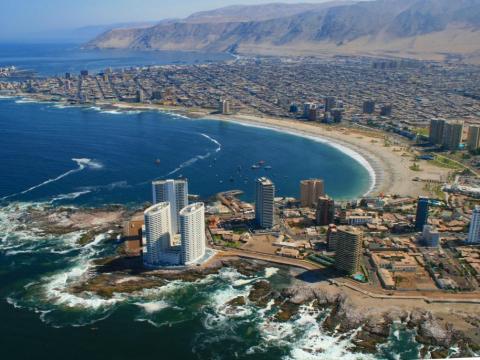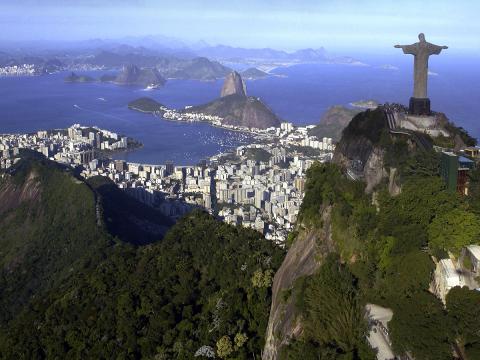Introducing Costa Rica
Costa Rica is a small Central American country. This country's history, climates, flora, and fauna are as diverse as its landscapes, which range from rainforests to dry tropical and temperate forests, volcanoes to Caribbean and Pacific beaches, high mountains, and marshy lowlands. Costa Rica is an incredibly stable and secure country in comparison to the turbulent area it is located in, and it is one of the world's top nature and ecotourism destinations. Because of its relative wealth, it can be somewhat more costly than its northern neighbors.
Because of Costa Rica's topography and historical development, the majority of economic growth has been concentrated in the Central Valley, which is home to four cities: San José (capital), Alajuela, Cartago, and Heredia. Provincial capitals (Liberia, Puntarenas, and Limón) and other towns in strategic locations are important regionally, especially for tourism.
Costa Rica has been a popular nature travel destination since the late 1980s, and its main competitive advantage is its well-established system of national parks and protected areas, which cover about 23.4 percent of the country's land area, the largest in the world as a percentage of the country's territory, and are home to a diverse range of flora and fauna, despite the country covering just 0.03 percent of the world's land area. The nation also has a plethora of world-renowned beaches in the Pacific Ocean and the Caribbean Sea, all within short distances of each other, as well as many active volcanoes that can be visited safely.
Costa Rica has tended to escape the region's political upheaval and crime. After winning the 44-day civil war, the country's last major political violence, President Figueres legally abolished the Costa Rican army permanently in 1948. Costa Rica is Latin America's longest democracy (since the 1973 Chilean coup d'etat) and one of only a few presidential republics in the world to have lasted more than five decades. In the 2018 Human Development Index, Costa Rica ranked fifth among 21 Latin American countries (68th overall). In this metric, it often outperforms countries with higher GDP per capita, and although it still suffers from severe income and wealth inequality, it suffers from it to a lesser degree than many other Latin American countries.
According to the 2010 Environmental Performance Index, Costa Rica is ranked third in the world and first in the Americas. In 2009 and 2012, the New Economics Foundation (NEF) named Costa Rica the happiest country in the world. Costa Rica was named the world's "greenest" country by the NEF.
Since the 19th century, Limón Province in Costa Rica has been home to a strong Jamaican diaspora community, and an English-based creole similar to Jamaican patois is still spoken there. So, despite Costa Rica being a Spanish-speaking country, don't be shocked to meet locals with English names (such as football [soccer] players Joel Campbell and Kendall Watson). Nicaraguan immigration to Costa Rica is a more recent phenomenon that occurs for both political and economic reasons and sometimes creates tensions.
Costa Rica translates to "Rich Coast" in Spanish.
Last modified on 04/26/2021 - 03:15
Places 0
Currently there are no places in Costa Rica.
Articles 0
Currently there are no articles about Costa Rica.
Trip reports 1
Videos
Currently there are no videos of Costa Rica.






